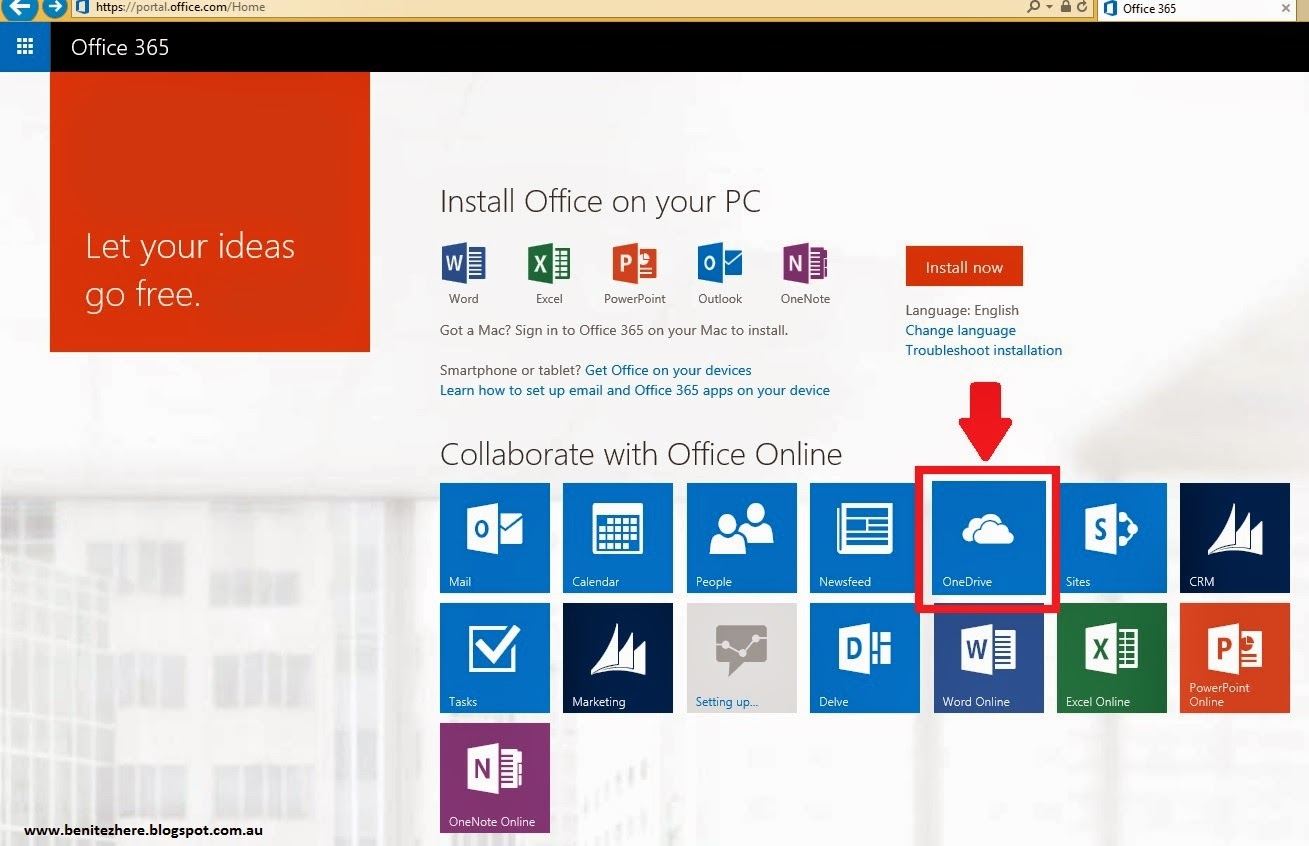
First-time sync– the synchronization process needs to be enabled by clicking the “Sync” button either on the browser or through the sync client.To streamline the experience for end users and to enable selected controls, we recommend that you utilize a tool like System Center Configuration Manager (SCCM) to deploy the sync client to user machines.

Deployment– the sync client is pre-installed with Windows 10, but will need to be setup through either user download/install or managed deployment for other machines.Lastly, make sure your users do not end up with the legacy sync client (Groove.exe) as it had many issues that have since been resolved. For machines upgraded to the proper version, you should consider enabling Files On-Demand, as it provides more options for accessing OneDrive for Business and SharePoint files without the need to synchronize them all to the user’s machine. Version– there are currently two flavors of the OneDrive for Business sync client, the standard version (OneDrive.exe) and Files On-Demand, which is only available for computers utilizing Fall Creators Update (Windows 10 v1709 or later).One of the most powerful features of OneDrive for Business is the ability to synchronize your files across your devices and have them available for offline use. This requires using the OneDrive for Business sync client, which has several things that should be planned, including: To migrate content, there needs to be a OneDrive for Business site available, so you should plan to utilize a PowerShell script or migration tool to pre-provision OneDrive for Business sites, which are best done in waves/batches.

Provisioningīy default, a user’s OneDrive for Business site is created the first time they attempt to access the site. This may be fine for on-boarding new users or a greenfield environment, but typically existing content will need to be migrated or local hard drive folders re-directed to provide a seamless experience for users. The Well-Thought-Out OneDrive for Business ImplementationĪ well thought out OneDrive for Business implementation includes each of the items, and potentially more, in the image below. However, if you’ve clicked on this link, you’ve likely experienced the horrors of attempting to clean-up a previously ungoverned or uncontrolled content sharing environment. I’ve worked with many organizations across multiple industries to implement OneDrive for Business and the intent of this blog is to talk through some of the areas that should be planned early on to avoid common, long-term pitfalls. The problem then becomes that many customers simply turn it on and expect the best (which would look something like the simplified model below). Microsoft has made the process of enabling OneDrive for Business very easy.

Energy, Climate Action & Sustainability.


 0 kommentar(er)
0 kommentar(er)
